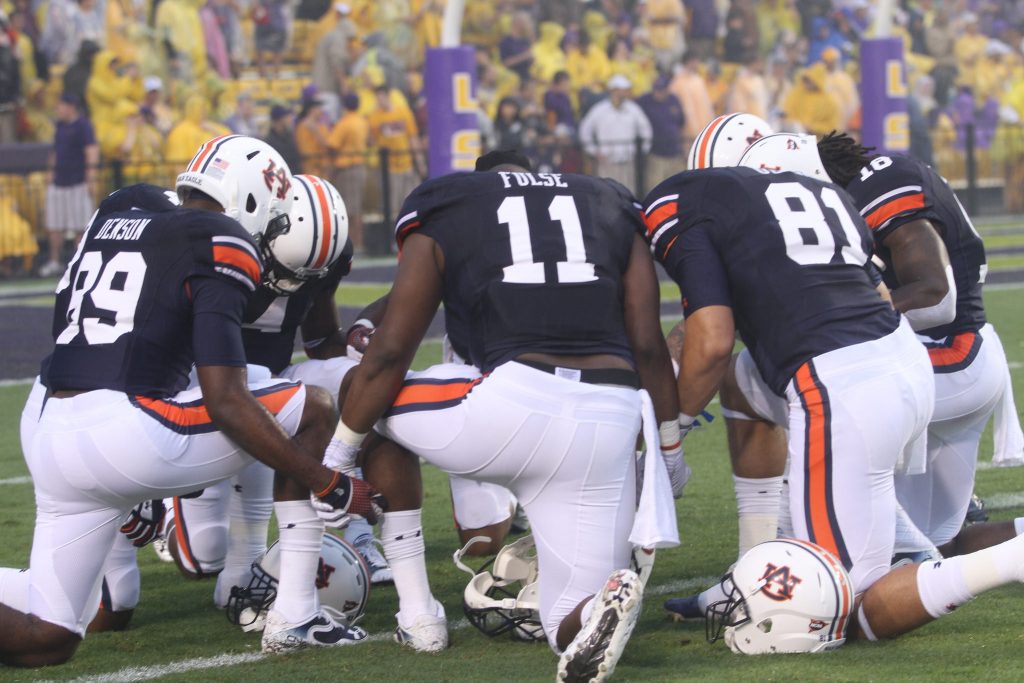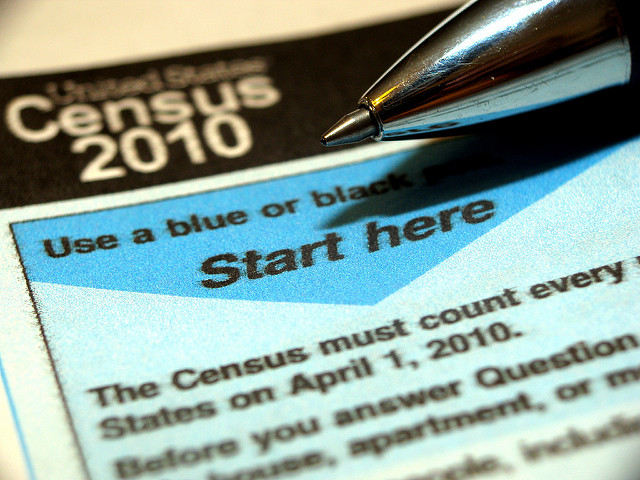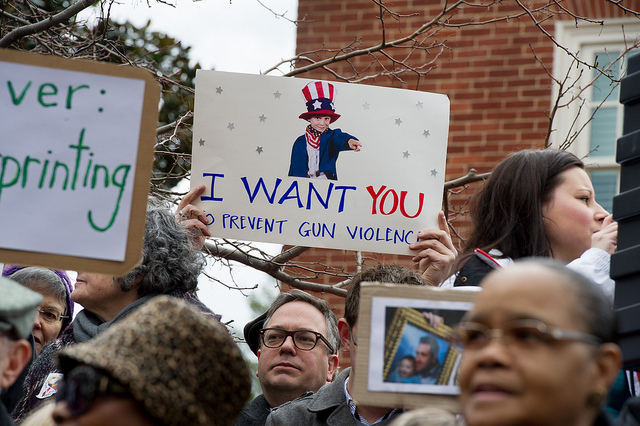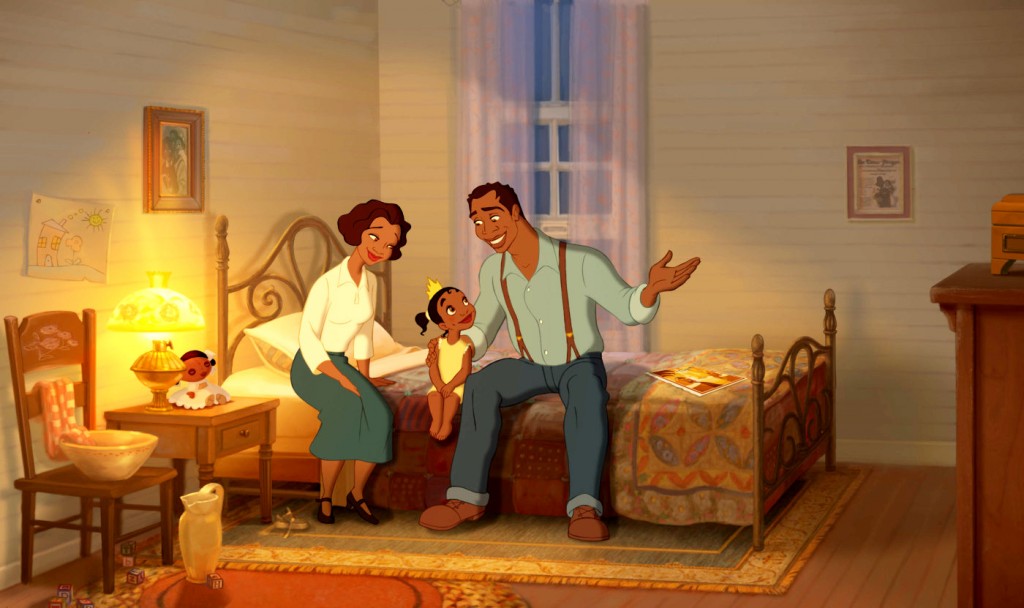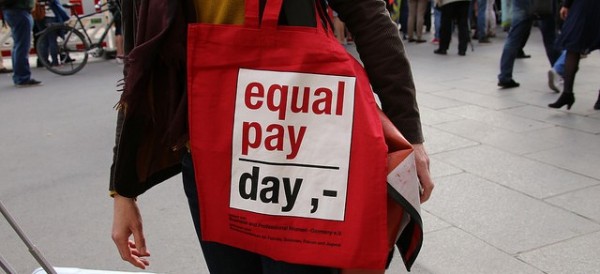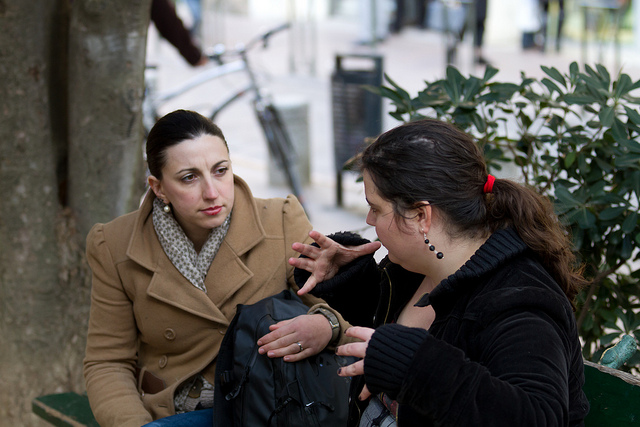
The #MeToo movement and high-profile sexual harassment and assault cases recently brought greater media attention to sexual violence. With this increased attention, however, comes new questions regarding the language used to talk about and write about various forms of sexual violence. This is not only a question of what specific words to use, but also how much detail to give about the act of violence or the victims’ experiences. Using vague or all-encompassing terms like “sexual violence” can flatten and sanitize victims’ experiences. However, when descriptions of sexual violence are not sanitized, they tend to be sensationalized.
In a recent Vox article on the complicated language of sexual violence, sociologist Heather Hlavka argues that sensationalizing violence can be a serious problem.
“Are we, as a culture, so titillated by the extremities of violence — the types, the details, the comportments — that we would like to ingest each sensationalized bit of people’s experiences?” asks Hlavka. “What is the ultimate goal? To better understand? To discredit the experience or mitigate the offense because it fell low on a range of horrors? To discredit the victim by dissecting her actions, her composure, her silence, or her resolve?”
People who experience sexual violence also struggle with language. According to Hlavka, many do not recognize or name their experiences as such, but this does not mean the problem is a lack of words to use to describe sexual violence. Instead, she argues that a broader culture of sexism has the power to reshape the meaning behind such terms, causing them to lose their power.
“Girls do not name their experiences as rape or sexual assault, despite very clearly fitting within established legal categories. Boys, too, struggle to understand, define, and identify as a victim of sexual violence but for different reasons. I would argue that we do not lack a language of sexual violence and harassment…It’s there — it’s a feminist language of power and control and abuse and consent — we just aren’t integrating it in truly meaningful ways, and thus our experiences will not neatly map onto law.”

